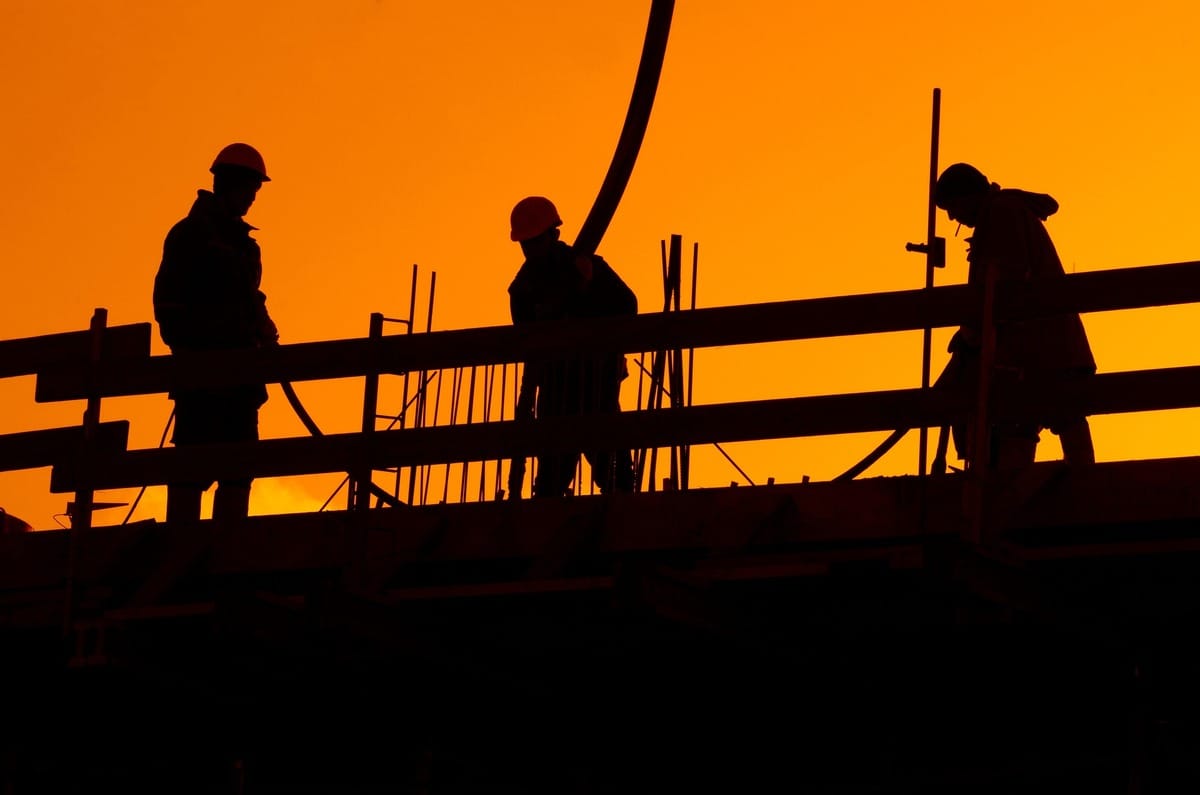- Full Brim Safety
- Posts
- Collecting Evidence: Witnesses, Photos & Documentation
Collecting Evidence: Witnesses, Photos & Documentation
Full Brim Safety: Build Smart, Build Safe

Collecting Evidence: Witnesses, Photos & Documentation
Welcome back, let's Build Smart & Build Safe! We’ve covered securing the scene. Today, we focus on the core of the investigation: Collecting Objective Evidence through witnesses, photos, and documentation.
The success of your investigation—and your ability to prevent recurrence—depends entirely on the quality of the evidence you collect immediately after the incident.
1. Document the Scene with Photos and Video
Visual documentation is the best way to capture the condition of the scene before clean-up or subsequent work alters it.
Shoot Immediately: Take photos and videos before anything is moved (except the injured, of course).
Multiple Angles: Take wide shots (to show the overall environment, weather, and lighting), mid-range shots (to show the equipment and placement), and close-up shots (to show defects, damage, or specific components).
Measure and Mark: Use a ruler or a common object (like a hard hat) in close-up photos to provide scale. Use chalk or paint to mark the exact location of critical objects before they are moved.
2. Interview Witnesses Promptly and Privately
Witness testimony is perishable; memories fade and can be unintentionally influenced by others. Interviewing witnesses quickly and individually is vital.
Interview What They Saw: Ask witnesses to describe what they saw, not what they think happened or who they think is to blame. Focus on the sequence of events leading up to the incident.
Open-Ended Questions: Use questions like, "What were you doing immediately before the event?" or "What was the worker doing the minute before the accident?"
Separate Interviews: Interview witnesses individually to ensure their account is their own and hasn't been contaminated by others' opinions or assumptions.
3. Gather Supporting Documentation
The investigation must include historical documentation that reveals procedural failures:
Training Records: Check the victim's and relevant workers' training records for the specific task or equipment involved.
Maintenance Logs: Review inspection and maintenance history for the involved tools or machinery.
Procedures: Examine the official Job Safety Analysis (JSA) or safe work procedure for the task to see if it was followed, or if the procedure itself was flawed.
By diligently gathering this objective evidence, you set the stage for finding the true root cause, which we will discuss tomorrow.
Please share us with your friends for a daily dose of construction safety tips!
-The Safety Man
